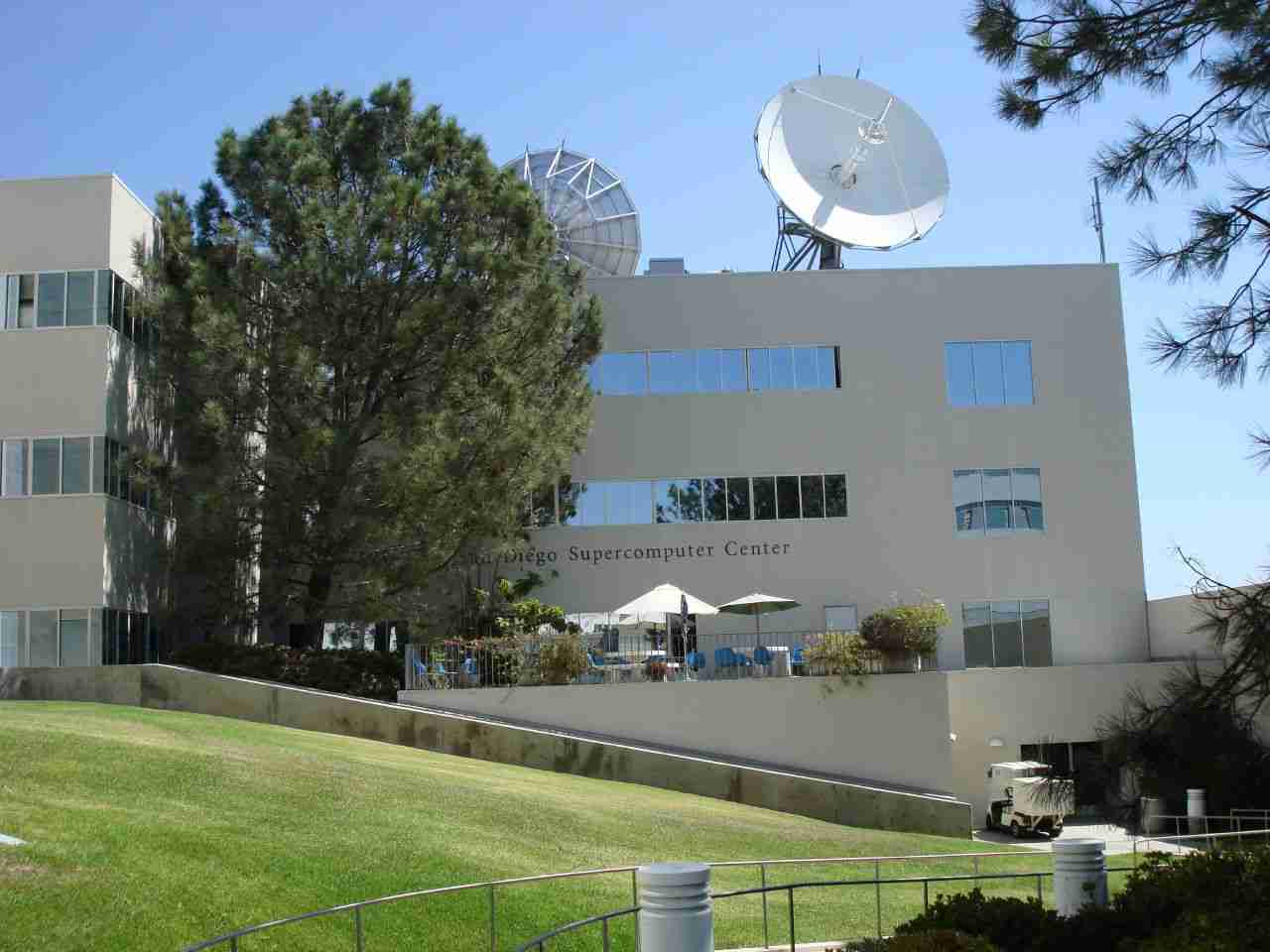Aeon Computing to Deploy 7PB Lustre File System
For San Diego Supercomputer Center at University of California
This is a Press Release edited by StorageNewsletter.com on November 28, 2013 at 2:41 pmAeon Computing, Inc., a HPC and storage vendor, has been selected by the San Diego Supercomputer Center (SDSC) at the University of California, San Diego, to build and deploy a 7PB Lustre parallel file system as part of the new petascale-level Comet supercomputer.
The performance of the 7PB filesystem will exceed 200 Gb/s.
SDSC was awarded a $12-million grant from the National Science Foundation (NSF) to deploy the new Comet system. Comet will be based on next-generation Xeon processors. In addition to the optimized Aeon Computing 7PB Lustre filesystem, each node will be equipped with two processors, 128GB of traditional DRAM, and 320GB of flash memory. Comet is designed to optimize capacity for modest-scale jobs, with each rack of 72 nodes having a full bisection IB FDR interconnect, with a 4:1 bisection interconnect across the racks.
This next-generation Lustre file system pushes the limits of Lustre storage performance, and will be an addition to SDSC’s Data Oasis Lustre resource.
“We welcome Aeon as a partner in the Comet program,” said SDSC deputy director Richard Moore. “Aeon is a key partner in providing hardware and expertise for our Data Oasis parallel file system, which now serves our Gordon and Trestles systems and will support our Comet cluster when it comes online in 2015.”
“SDSC pushes the envelope in research computing, and their requirements for high performance, affordability, and maintainability fit perfectly with Aeon’s product design approach,” stated Jeff Johnson, co-founder, Aeon. “Working closely with SDSC’s staff and Comet stakeholders we were able to deliver a very affordable solution that meets the rigorous demands of data-intensive computing and support SDSC’s Comet initiative of HPC for the 99%.”
The new file system will be designed around the next-generation Xeon processor and the latest in SAS storage technology, and is heavily based on commercial off-the-shelf (COTS) components.














 Subscribe to our free daily newsletter
Subscribe to our free daily newsletter

